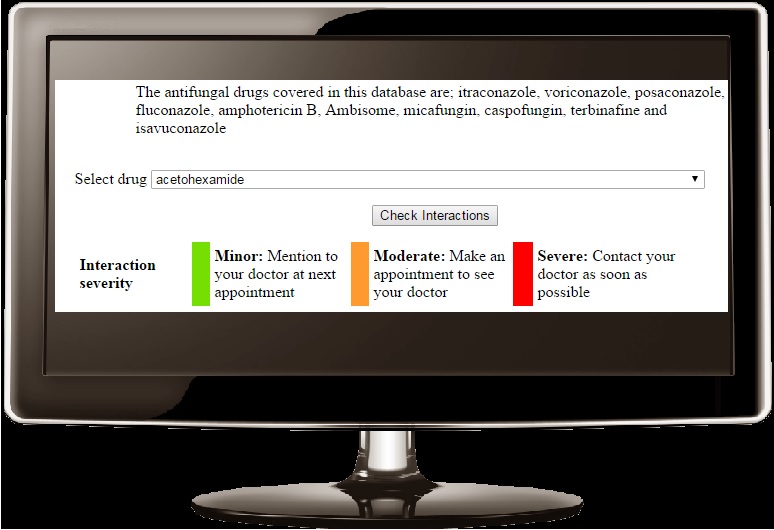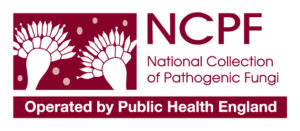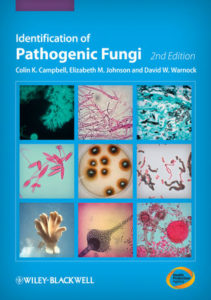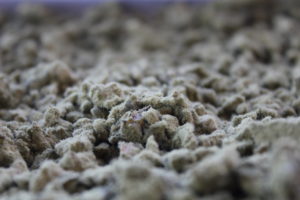Submitted by GAtherton on 18 March 2016
The National Aspergillosis Centre Team recently corrected the publication of an article in the ‘Journal of Antimicrobial Therapy’ with a letter to the journal as follows:
We are writing in response to an article entitled ‘Antifungal therapy: drug–drug interactions at your fingertips’, which was published online on 8 November 2015.1 The article highlights the compilation of adverse drug–drug interactions (DDIs) with antifungal medicines as a knowledge database. They describe the construction of a database online and the development of a smartphone app to access the data for paired DDIs and antifungal drugs.
The paper has omitted to mention a similar and pre-existing database, which was developed and made available online in 2012, using similar data sources.2 It also omitted reference to two smartphone apps for assessing DDIs with antifungal medicines, which have been available since early 2013.3,4 All these are free resources; both apps, named ‘Antifungal Interactions’, are available for Android or iOS platforms. The apps and the database have been presented at several international conferences.5,6
There are of course differences in some content and in the presentation of the app by Lempers and Brüggemann1 and our apps,3,4 but there are also some other important points to highlight:
We have developed two apps—one designed for patient use (Antifungal Interactions Patient3) and one for healthcare professionals (Antifungal Interactions Pro4) with user information suitably targeting each group.
The Antifungal Interactions3,4 apps use a red-orange-green traffic-light system to alert the user to the severity of a potential DDI.
In addition, we have included data for the recently registered antifungals isavuconazole and terbinafine, and we list interactions separately for amphotericin B and AmBisome™. The few interactions with anidulafungin will be added at the next update.
Antifungal DDI databases are important for clinicians and patients, since, of a total of 2116 interactions, we have identified 409 severe, 976 moderate and 731 mild DDIs with antifungals.
News archives
-
Title
Date



 ,
,  ,
, 



 ,
,  ,
, 

 ,
, 
